The Picasso Moth Is Truly a Living Work of Art
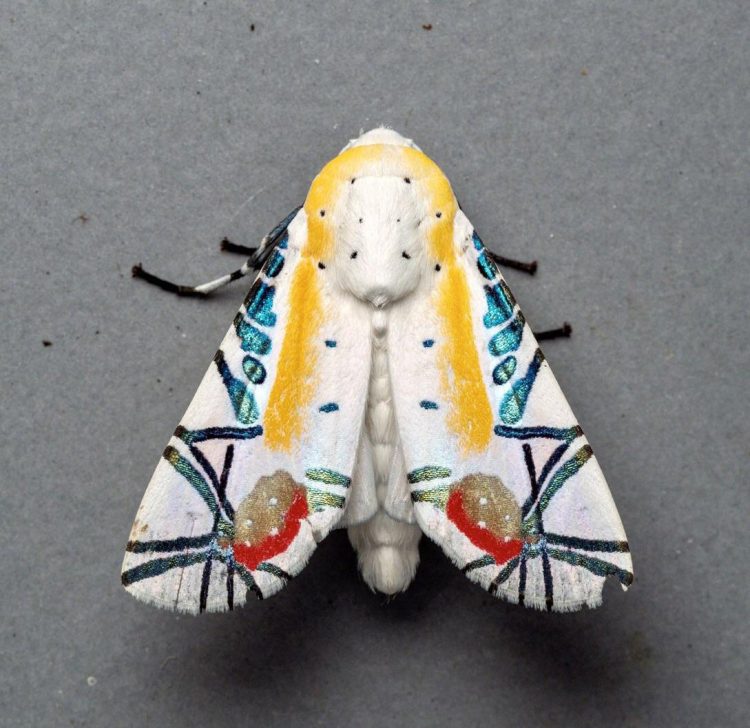
Baorisa hieroglyphica, also known as the Picasso moth, is a species of moth named after the famous Spanish painter Pablo Picasso because of its unusually artistic wing patterns. First described by British entomologist Frederic Moore in 1882, the Picasso moth is native to Southeast Asia and Northern India. Like most moths, Baorisa hieroglyphica is a nocturnal insect that […]
Perfectly-Camouflaged Moth Looks Like a Twig Fragment
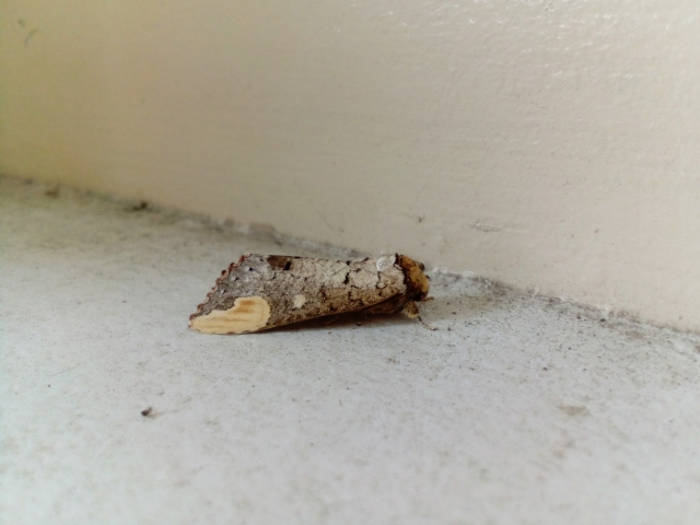
Tsumaki Shachihoko is a rare Japanese moth that features impressive natural camouflage which allows it to perfectly mimic small twigs in order to avoid predators. We’ve always found natural camouflage fascinating here at Oddity Central, and simply searching the term in our search box will yield over a dozen amazing examples of natural mimics. Today […]
Australian Woman Photographs Moth Larger Than Her Hand
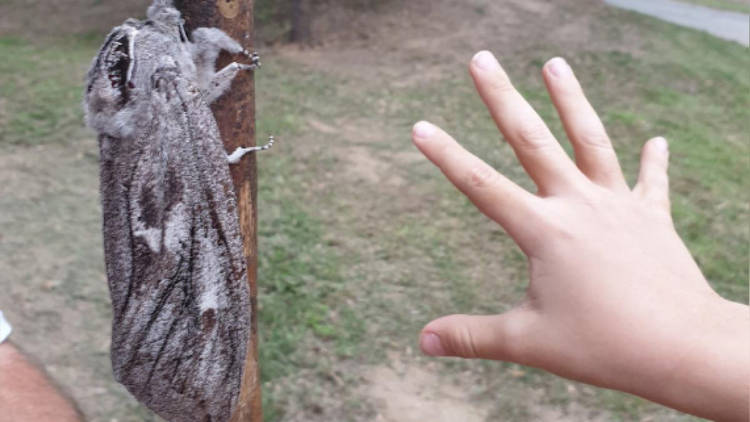
An Australian woman recently took to Facebook to share photos of a giant moth she stumbled across in outside of Brisbane. Pam Taylor posted the first photos of the frighteningly large insect on the Amateur Entomology Australia group, on February 23. The pics showed a huge grey moth clinging to a tree branch. To show […]
This Asian Moth Is Probably Nature’s Ultimate Camouflage Master
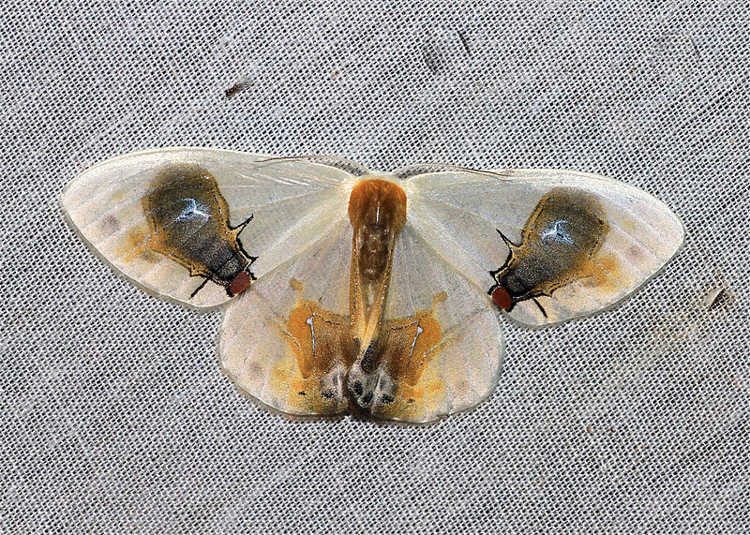
We’ve seen plants and insects posing as something else entirely in order to confuse their natural predators, but Macrocilix maia, a moth native to Southeastern Asia, takes mimicry to a whole new level by literally painting an entire scene on its wings. Looking at a Macrocilix maia moth, it’s impossible to ignore the scene painted […]
This Dead Leaf Is Actually a Live Moth Mimicking a Dead Leaf
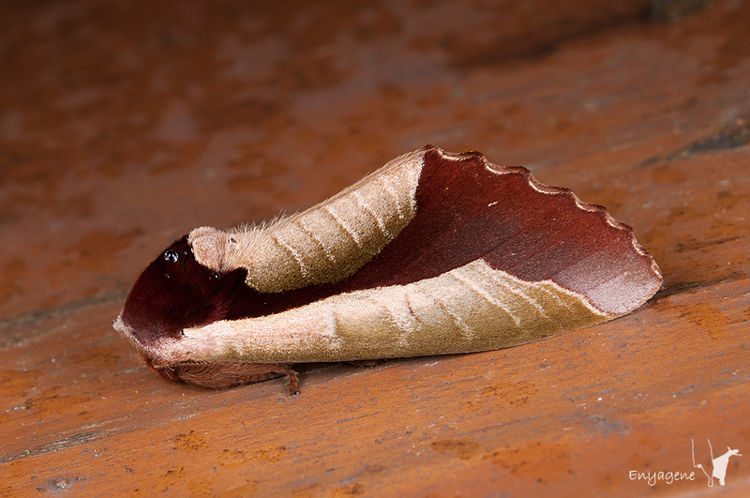
When it comes to the art of camouflage, few creatures can match Uropyia meticulodina, a small moth capable of mimicking a dead, curled up leaf almost to perfection. From a mantis that mimics a harmless orchid to attract prey, to a caterpillar that looks like a snake to fend off predators and birds camouflaged as toxic caterpillars, […]
